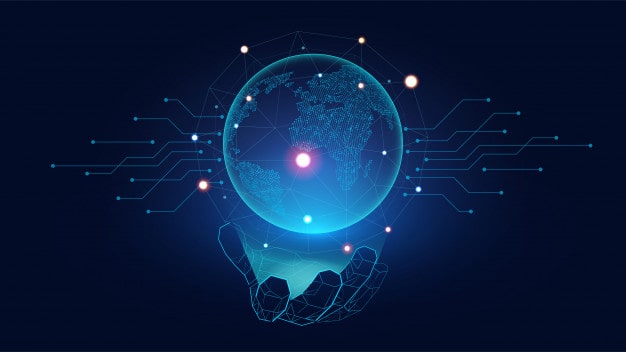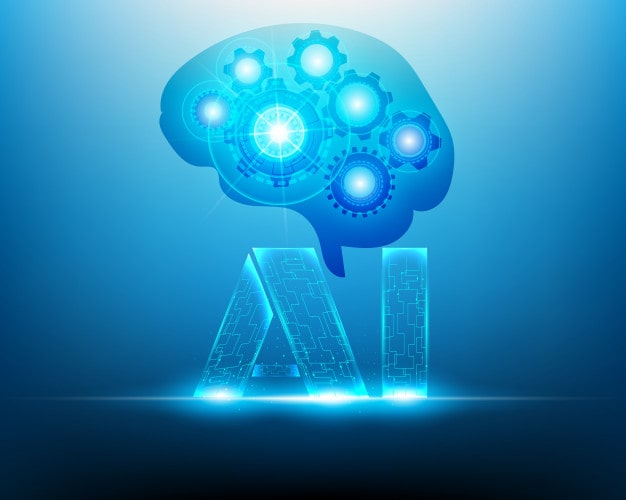Deep Learning – Family of AI Suddenly Changing The Future
- April 26, 2019
- Posted by: admin
- Category: Artificial Intelligence

Over the past few years, technology users have noticed rapid evolution of technology in leaps and bounds. From speech-recognition functions in our smartphones to machine translation, this technological boom has given rise to fascinating new features with every passing day; the latest of the lot being image recognition.
Now, one very obvious question that arises in the mind is, how are these things made possible?
And that is how we are brought face-to-face with the family of AI techniques called deep learning. Deep learning is still acknowledged by many scientists as ‘deep neural networks’ in the realms of Artificial Intelligence.
How did these neural networks come into being?
It might be surprising but the concept of neural nets goes back to as early as the 1950s. Most of the key algorithmic discoveries were actually around the 1980s and 1990s, which are now harnessed by computer scientists of this generation.
But the most remarkable factor of neural nets is that no human being has actually designed a computer to perform the breakthroughs. It is the effort of the programmers in feeding the computer with countless algorithms, data, and images so that the machine recognizes particular sentences or identifies patterns.
What is deep learning?
As mentioned before, deep learning belongs to the vast world of Artificial Intelligence. The intention of AI is to improvise robots so that they can engage in problem-solving using deep thinking, like us humans.
Another subset of AI is Machine Learning, which involves mathematical techniques that help a computer accomplish complex tasks. In this family of Machine Learning, lies this small wonder, known as deep learning. The idea behind the application of deep learning technique is to enable a software application to train itself to complete certain tasks like speech and image recognition. It works by exposing multi-layered neural networks to huge volumes of data.
Interestingly enough, according to AI experts, this technology has the power to transform any industry within a fortnight.
Although computers are definitely becoming more intelligent, it does not mean that the day is already here when super-intelligent machines can do everything by themselves without the intervention of human beings. Neural networks only excel at recognizing patterns better than humans. But they lack the perspective of reasoning that we are gifted with. To know more, deep learning tutorials can be found online.
What is the future of deep learning?

Currently, many companies have taken over projects to explore deep learning applications and make the most of them in their field. Some companies are also looking forward to implementing deep learning in their day to day operations. Such advanced applications have been commercially used by giant corps like Google, Facebook, Amazon and the likes, who generate vast amounts of data every second. Most of these companies plan to develop more realistic and helpful automated machines like “bots”, by utilizing deep learning, to enrich their customer services.
Top technological organisations are also incorporating Deep learning to excel in other spheres. For instance, Google launched a project based on deep-learning in 2011 and then started installing neural nets in its speech recognition products from 2012. Currently, the company is running about 1000 deep-learning projects. Also, while Microsoft Corporation started using the technology for its commercial speech-recognition products, it is now working to employ neural networks for photo search, translation system, and search rankings.
The breakthroughs of deep learning technology are not merely confined within the borders of the technology industry only. Deep learning applications are also being extensively used in medical and healthcare organisations, to help them achieve greater accuracy in diagnosis and treatment of patients.
